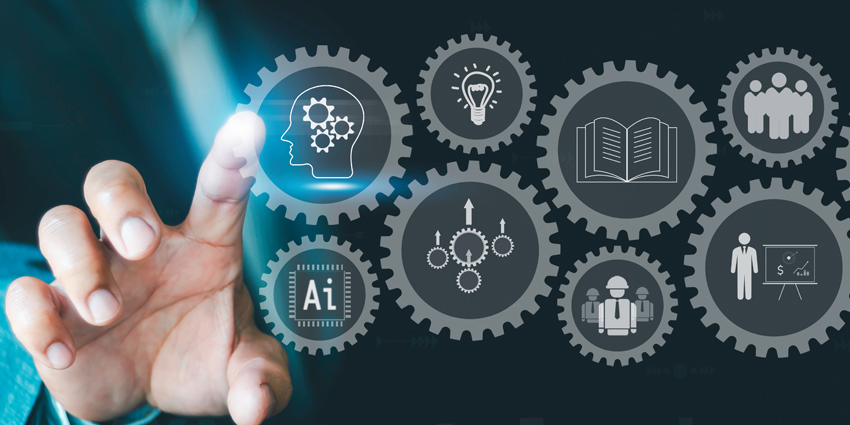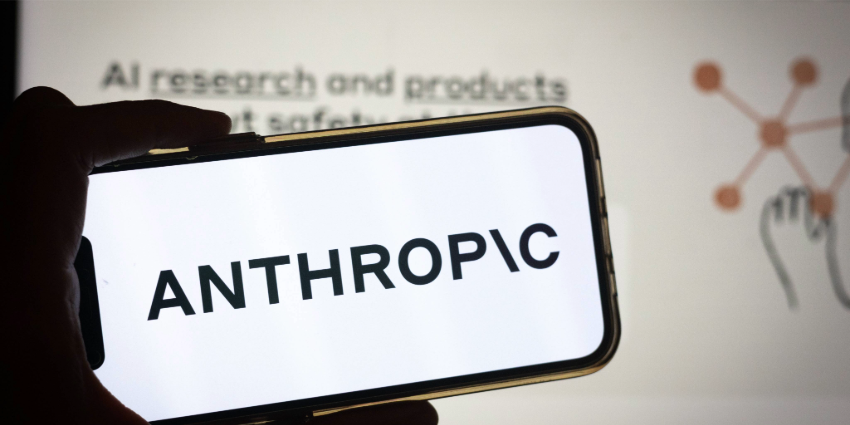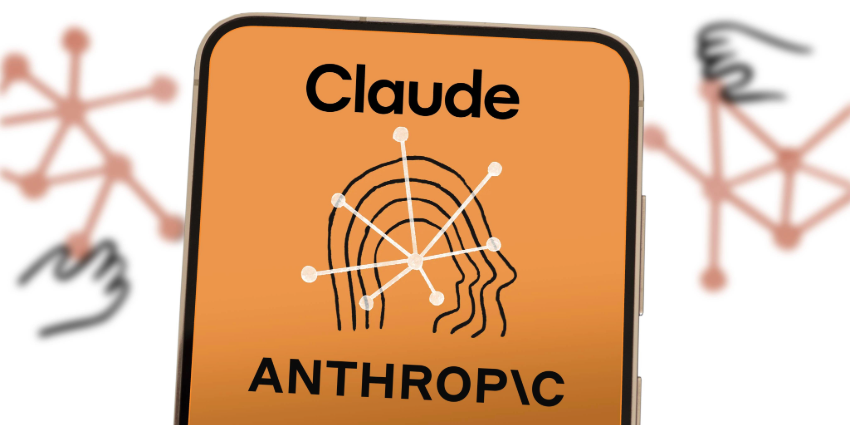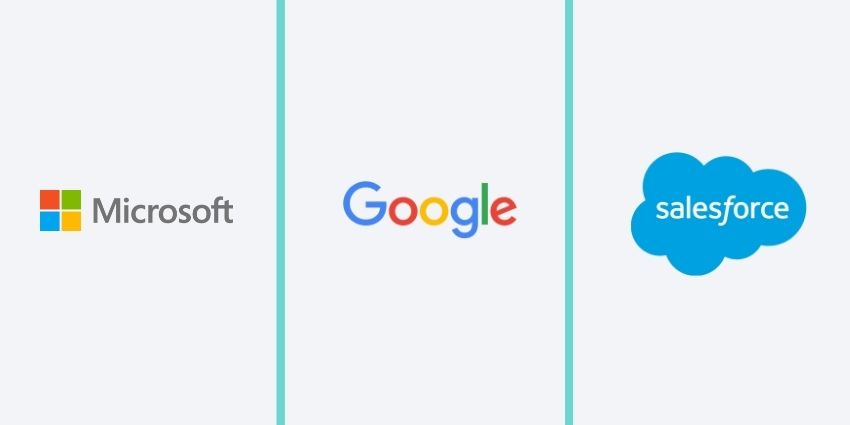As we move into the second half of the 2020s, artificial intelligence (AI) is the mainstream hot topic nobody can ignore. Experts like McKinsey have already suggested AI tools could bring around $4.4 trillion in productivity gains to the economy, and virtually every business wants a piece of the pie.
In fact, McKinsey says that just about every company is investing in AI, but only 1% feel that they’re at a stage of AI maturity. Therein lies the problem. While breakthrough models and impressive demos might generate a lot of attention – the real potential for enterprises lies in the solutions that solve genuine problems and deliver real, measurable ROI.
The good news? Vendors are slowly shifting away from competing for the biggest, flashiest algorithm or model and starting to focus on challenges that really matter.
From Theoretical Gains to Practical Solutions
The AI market is maturing. For years, early adopters focused most of their attention on acquiring or building the most advanced models – sometimes without even a clear insight into what they wanted to achieve. Now, organizations are recognizing they can’t afford to just throw money at AI and hope for results – they need to view AI solutions as practical tools they can use to fix real issues.
The data confirms this growing demand for “proof of value.” Around 47% of C-suite leaders say their organizations are “developing too slowly” and want to see a tangible payoff from AI investments sooner rather than later. As a result, new trends are emerging.
Generic AI solutions are evolving into role-specific agents. Hardware innovations are making AI more accessible, and AI solutions are becoming more flexible, integration-ready, and customizable.
Shifting Focus: From Big Models to Purposeful Agents
One of the most important trends in enterprise AI is the rise of “agentic AI” – specialized AI agents that go beyond large models, spitting out text to autonomously perform end-to-end tasks. Google’s Gemini, Cisco’s Agentic AI Portfolio, and OpenAI’s agent-building toolkit all point toward an environment where AI can be fine-tuned to perform more specific tasks across departments.
Companies like Salesforce are giving companies tools like Agentforce to build agentic AI systems that can handle everything from sales to marketing campaigns. Elsewhere, Cisco’s new Webex AI agent can handle real-time customer inquiries, follow-up tasks, and CRM updates with ease.
The great thing about many of these tools is that they’re also integrating seamlessly with existing workflows and tools, reducing the barrier to entry for AI adoption for enterprise teams. In fact, improved integration is everywhere. Microsoft’s Copilot integrates with the full Microsoft ecosystem, as well as Copilot Studio. Google’s Gemini integrates with Google’s productivity tools.
Cisco’s AI agents integrate not just with Webex solutions, but also security-based systems, like AI Defense and HyperShield, to help companies monitor vulnerabilities in AI models.
Improving Access to AI: Hardware and Software Innovations
Another way enterprise-focused AI leaders are breaking through the noise is by improving accessibility to the hardware that companies need to leverage AI – making computing power and advanced systems more affordable.
NVIDIA recently confirmed its commitment to becoming the ultimate leader in AI hardware, producing not just more powerful, affordable hardware but enhanced software capabilities and solutions that will empower teams to train and fine-tune their AI models. For instance, the new DGX Station and DGX Spark put data-center-grade AI computing on desktops, allowing mid-size organizations to tackle problems once reserved for billion-dollar labs.
Meanwhile, Meta is testing its first custom-designed AI training chip, while OpenAI is finalizing designs for an AI accelerator chip, to help reduce industry reliance on NVIDIA systems.
Software leaders are taking notice too, creating AI systems that are easier to run on standard computing systems. For instance, Gemma 3 from Google achieves the previously insurmountable task of delivering around 98% of the accuracy of massive models, with just a single GPU.
Exploring the Benefits of Physical AI
While chatbots and back-end automation dominate many headlines, there’s another frontier: physical AI in the form of humanoid robots. We’re still in the early stages of development here, but again, many companies are exploring ways to deliver quick results to businesses.
Figure just built its BotQ factory – capable of producing more than 12,000 humanoid robots, designed specifically for manufacturing companies (like BMW) in a year. This company has already demonstrated the ability of its bots to assist with practical tasks across departments, thanks to the Helix AI dual-brain ecosystem, and unique, dextrous structure.
NVIDIA is making the push into physical AI too. It unveiled “Isaac Groot N1” in 2025 – the first open humanoid robot foundation model. Already, companies in industries from manufacturing, to healthcare, are beginning to experiment with these bots, addressing major challenges – like the global shortage of human workers, and the rising risks humans face in industrial spaces.
The Quest for Proof: Demonstrating Real Gains
As vendors recognize the growing need among enterprises to see “tangible” ROI from their AI investments, the number of genuine success stories shared by leaders has skyrocketed. Zoom is releasing stories showing how its AI Companion helps teams to spend around 17% more meeting time on valuable tasks, while reducing the time spent on repetitive tasks by 1.5 hours.
Microsoft is showing companies how its Microsoft Copilot system has helped organizations like Ma’aden save 2,200 hours on mundane tasks each month. Elsewhere, the University of Oxford has used Azure OpenAI services to resolve up to 90% of queries, increasing satisfaction rates by 5%.
BBVA, a global banking giant is using OpenAI technologies to save thousands of hours per year on credit risk analysis and legal compliance tasks. Increasingly, we’re seeing evidence that the AI leaders who focus on real challenges: wasted time, productivity, efficiency, or even safety risks in the workplace, are beginning to attract more attention.
Defining Tomorrow’s Market Leaders
As more organizations dive deeper into the AI markets, a few common denominators define those on track to become market leaders:
- Problem-First Approach: Today’s true AI leaders will start by identifying high-value pain points – like supply chain bottlenecks or repetitive back-office tasks – then match the right AI solution, be it a specialized agent or a next-gen hardware deployment.
- Bold Ambitions, Iterative Delivery: They pursue transformational possibilities (like humanoid robots or large-scale generative AI assistants) but deploy in phases, proving ROI as they go to maintain internal momentum.
- Cross-Functional Buy-In: AI isn’t just for “the AI team.” Leaders incorporate it into sales, marketing, HR, and finance workflows, ensuring broad-based understanding and support. This also drives the focus on enhanced integration among systems.
- Balanced Governance: Modern AI leaders move fast, but they also implement responsible AI practices – managing bias, data privacy, and alignment with regulations. They’re ensuring companies can take a confident approach to AI, while navigating new risks.
- Human-AI Collaboration: AI leaders aren’t just trying to replace workers. They’re looking to revolutionize teams and enhance or augment human beings. They see “superagency” not as a job-killer but as a collaborative advantage where humans handle creativity and empathy while AI does the routine and data-heavy work.
Problem-Solving AI: The Future for the Enterprise
From NVIDIA’s GTC 2025 announcements to the mass production of humanoid robots at Figure, it’s clear we’re past the point of AI being optional for innovators. But companies are no longer just focusing on who produces the flashiest models or promises the biggest specs. They’re looking for systems that can solve real problems – fast.
If you want a real return on investment from your AI systems going forward:
- Tie AI to Business Value: Don’t deploy AI for AI’s sake. Focus on use cases that promise concrete ROI and a clear path to scale.
- Train and Trust Employees: Employees often want more AI training. Tap into their enthusiasm and equip them with the right resources.
- Leverage New Hardware: From Google’s Gemma 3 to NVIDIA’s DGX workstations, cost-effective computing is now more accessible, enabling more widespread deployments.
- Integrate Thoughtfully: The best AI is invisible, woven into familiar workflows and secured by robust governance frameworks.
Ultimately, the future belongs to those who see AI not as a flashy novelty but as a practical, real-world solution to pressing business challenges. The “steam engine” analogy rings true: Just as mechanized power revolutionized entire industries centuries ago, AI stands poised to do the same for knowledge work, creative collaboration, and operational efficiency today.
All it takes to unlock real results – is a genuine strategy, and a focus on problem solving.








